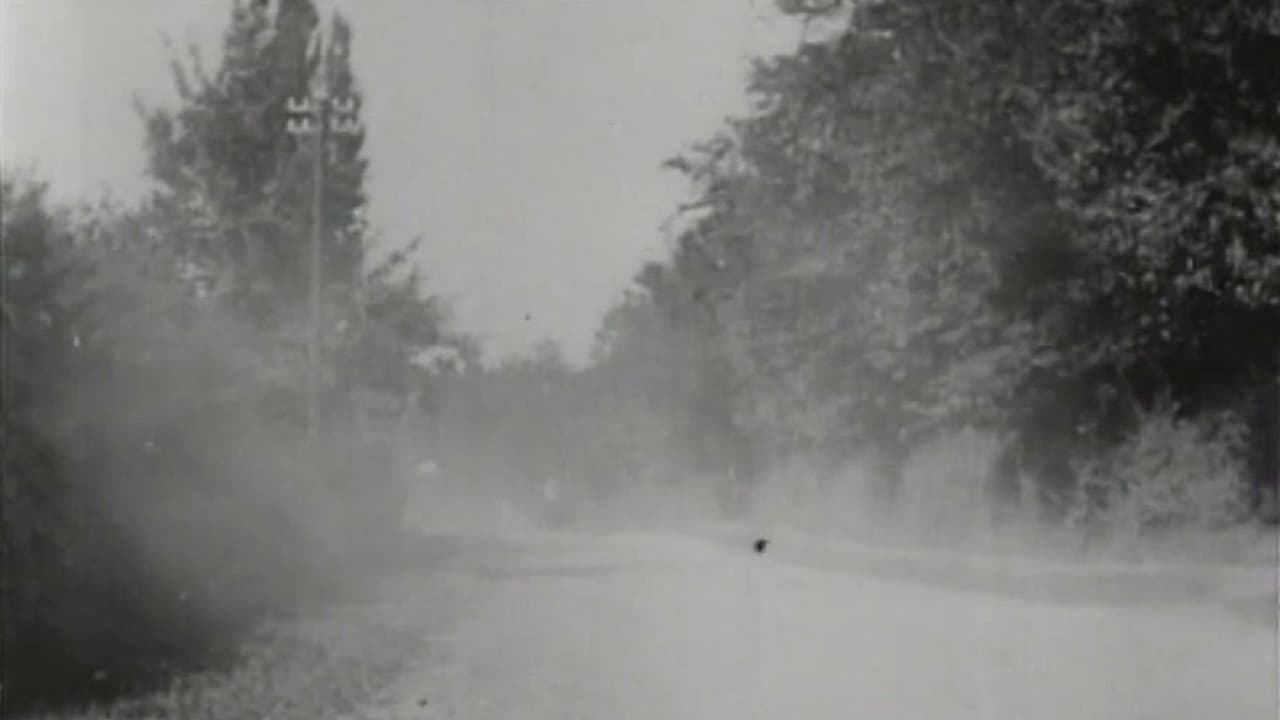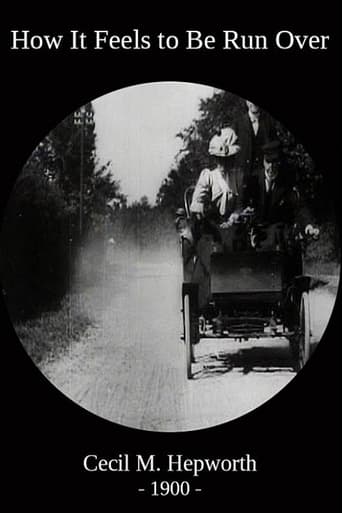GurlyIamBeach
Instant Favorite.
Spoonixel
Amateur movie with Big budget
filippaberry84
I think this is a new genre that they're all sort of working their way through it and haven't got all the kinks worked out yet but it's a genre that works for me.
Myron Clemons
A film of deceptively outspoken contemporary relevance, this is cinema at its most alert, alarming and alive.
He_who_lurks
Even if you don't want to know how it feels to be run over, this is still a very creative little film. Made by the Hepworth Manufacturing Company it is one of the first uses of self-reflectivity in film, as both the camera and the cameraman have an important role in the joke. Even the people of today couldn't think up such a creative idea, and we'd never actually know how it feels to be run over, (unless, of course, we really did get run over, but let's hope not).The camera is set up so we're looking down the country road. A horse and buggy passes to one side and goes off the range of the camera. Down the middle of the road comes a motor car. It swerves toward the camera and collides with the cameraman, thus making us feel as though we are being run over. I am glad we can know how it felt without it being a painful experience, so it's a good thing they made this. Well, enough of that, let's get on.What follows is a series of titles cards that flash on the screen, delivering the punchline: "Oh, Mother will be pleased!" These titles cards are believed to be the first intertitles ever put in a film. So for 1900 this is a pretty clever film that not only has a remarkable use of subtitling, but also puts the idea of self-reflectivity to a rather creative use. The early film audiences might've been freaked out by this, don't forget the shot of the train arriving in the station which received that reaction. Only here, they warned us. Okay, I'll shut up. Ground-breaking film because of the intertitles and also very creative for 1900. A good minute with a good, original gag.
Michael_Elliott
How It Feels to Be Run Over (1900) I really love to watch these older movies but, to be honest, very few of them really stand out because the majority of them either feature someone dancing, boxing, walking, standing around or just doing something that we've seen in other films. This one here is at least original and lives up to its title. The camera is set up at the end of a road when we see a carriage go by. We then see another carriage coming straight towards the camera and crashing into it. This gives you the idea of being ran over.Funny? Not really but at least the film was somewhat creative and especially when compared to other films from this era. I really don't think the film was all that funny but I can imagine it scaring a few people who saw it back in 1900.
Snow Leopard
Some of these earliest features pack a good amount of creativity into a very short running time. There are probably as many signs of genuine imagination in less than a minute of this little film as you could find in two hours of most recent movies. The idea here is simple, but clever, and it is carried out with an unaffected liveliness that makes it work well.The camera is set up so that it looks down an open road as different conveyances approach, to create an anticipation of what might happen when they get closer. It works well, and it also features what must be one of the very earliest uses of title cards - which themselves are done in an amusing fashion. A lot of pioneering films are worthwhile more for their effort and their intentions than for their content or their entertainment value, but this one does pretty well in both departments.
addick-2
Interesting early short in which an out of control motor-car drives straight towards the camera, obviously in an attempt to create the sort of panic that accompanied showings of the Lumiere brothers film of a train arriving at a station. The film itself is a pretty basic one shot clip, as was standard at the time, but of interest is the fact that before the main action a horse drawn carriage trots harmlessly past the camera. An early example of an establishing shot and an attempt to lure the audience into a false sense of security perhaps.

